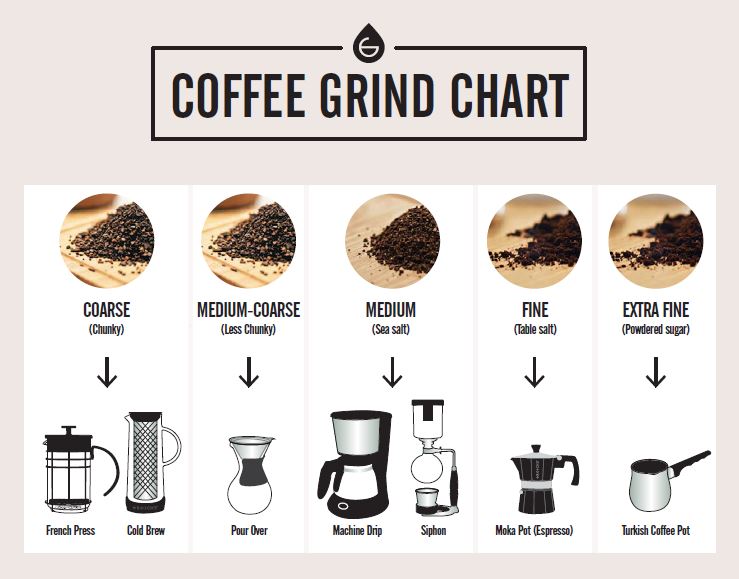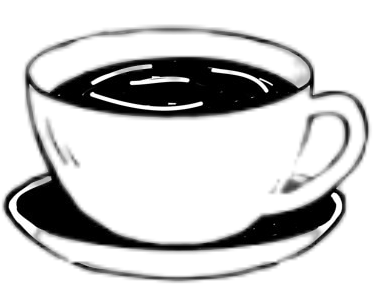When I first dove into the world of home espresso, I quickly realized that grind size is just as important as the quality of the beans or the espresso machine. It plays a significant role in the flavor and texture of the espresso, and after much trial and error, I’ve gathered some crucial insights into achieving the perfect grind. Discover the innovative features in the DeLonghi Magnifica Evo review
Espresso is beloved for its bold and concentrated flavor, but crafting that ideal shot demands a careful balance of elements: quality beans, a reliable machine, precise water temperature, the right pressure, and, most importantly, the correct grind size. If your grind is too coarse or too fine, you risk throwing off the entire process, resulting in a shot that’s either bitter or sour. Learn about the timeless design in the DeLonghi Magnifica S review
So, what is the ideal grind size for making espresso at home? Here’s what I’ve learned along the way. Explore our top picks in the Best Automatic Espresso Machine review
Why Grind Size Matters
During the brewing process, water passes through the coffee grounds, extracting compounds that shape the espresso's taste, aroma, and body. Grind size is a critical factor in determining how well this extraction occurs. Unlike brewing methods like pour-over or French press, espresso requires a fine grind, but dialing in the perfect level of fineness is the real key. Find the perfect machine to beat the heat in the Best Iced Coffee Maker review
Too Coarse: Water flows too quickly, leading to under-extraction and a weak, sour taste.
Too Fine: Water struggles to flow, resulting in over-extraction and a bitter, overwhelming shot.
How to Achieve the Perfect Grind
After a lot of experimentation, I found that the best grind size for espresso resembles fine sand. It shouldn't be as powdery as flour, but it also shouldn't be as gritty as table salt. When rubbed between your fingers, the grind should feel slightly textured yet cohesive. Dive into the best options for making lattes in the Best Latte Maker review
Investing in a burr grinder is crucial for maintaining this consistency. Unlike blade grinders, which produce uneven grinds, burr grinders ensure the beans are crushed evenly, leading to consistent extraction and a much better espresso flavor.

Adjusting Your Grind for Your Espresso Machine
Every espresso machine has its own peculiarities, so adjusting the grind to suit your specific machine is vital for success. Here are some general guidelines that I follow:
Brews Too Quickly (<20 Seconds): The grind is too coarse.
Brews Too Slowly (>30 Seconds): The grind is too fine.
Personally, I aim for a shot that takes between 25 and 30 seconds to pull. Additionally, different coffee beans often require slight adjustments, so I tweak the settings whenever I switch to a new roast to ensure the grind is perfectly tailored.
Tips for Consistent Grind Quality
Consistency is the foundation of a great espresso shot. Here are a few other elements I’ve learned to be equally important:
Fresh Beans: Using coffee beans within two weeks of roasting will yield the best flavor and crema.
Tamping Technique: Apply even pressure when tamping the grounds—enough to compact them without overdoing it. Uneven tamping can lead to channeling, where water finds its way through certain areas more quickly, causing subpar extraction.
Measuring Your Dose: A coffee scale is incredibly useful for accuracy. I typically use 18–20 grams of coffee for a double shot to ensure consistency every time.
Experimenting With Grind Sizes for Unique Flavors
Though a fine grind is the go-to for espresso, there’s room for experimentation based on taste preferences. Adjusting the grind just slightly can reveal new flavors.
Lighter Roasts: A slightly coarser grind can help balance acidity and highlight subtle sweetness.
Darker Roasts: A finer grind can emphasize the rich, chocolatey notes.
Common Pitfalls to Avoid
Over time, I’ve also learned to steer clear of certain common mistakes that can easily derail an otherwise great shot:
Grinding Too Early: Coffee loses freshness quickly after grinding, so I only grind what I need right before brewing.
Neglecting to Clean the Grinder: Regular cleaning prevents old grounds and oils from tainting the flavor of your espresso.
Ignoring Roast Dates: Beans are at their peak within 1–2 weeks of roasting. Even with a perfect grind, stale beans will result in a flat, lackluster shot.

Conclusion: The Art of Home Espresso
Perfecting the grind for home espresso is a rewarding journey that takes patience and practice. Making great espresso starts long before pulling the shot—it’s about choosing quality beans, fine-tuning the grind, and refining every step of the process.
With enough dedication, I’ve managed to create espresso at home that rivals my favorite cafes. There’s something deeply satisfying about mastering the craft and enjoying a top-notch espresso shot in your own kitchen.
For anyone on this journey, embrace the experimentation. Adjust grind sizes, observe your machine’s response, and learn from each shot you make. In time, you’ll find that perfect balance and savor rich, flavorful espressos tailored to your taste preferences.
